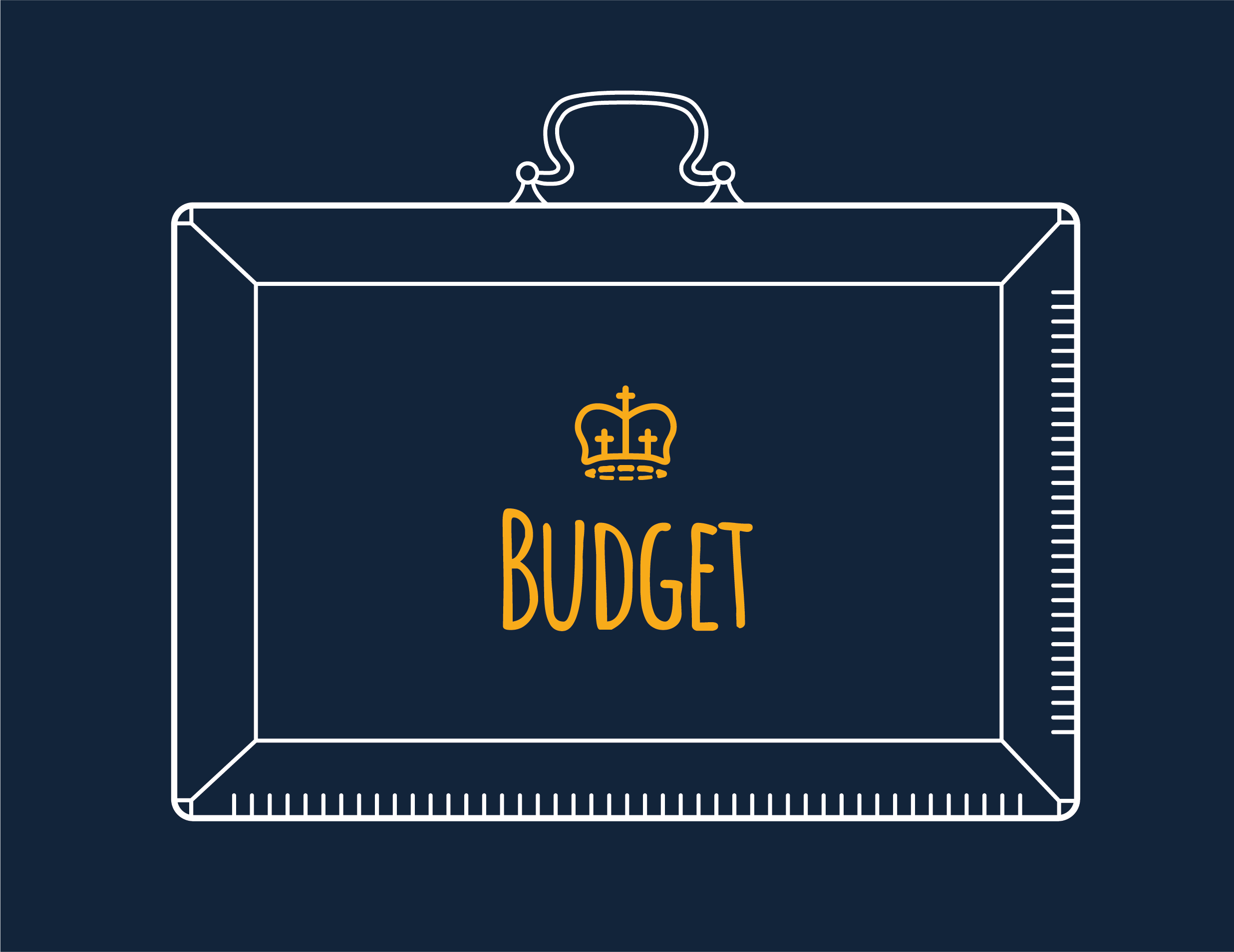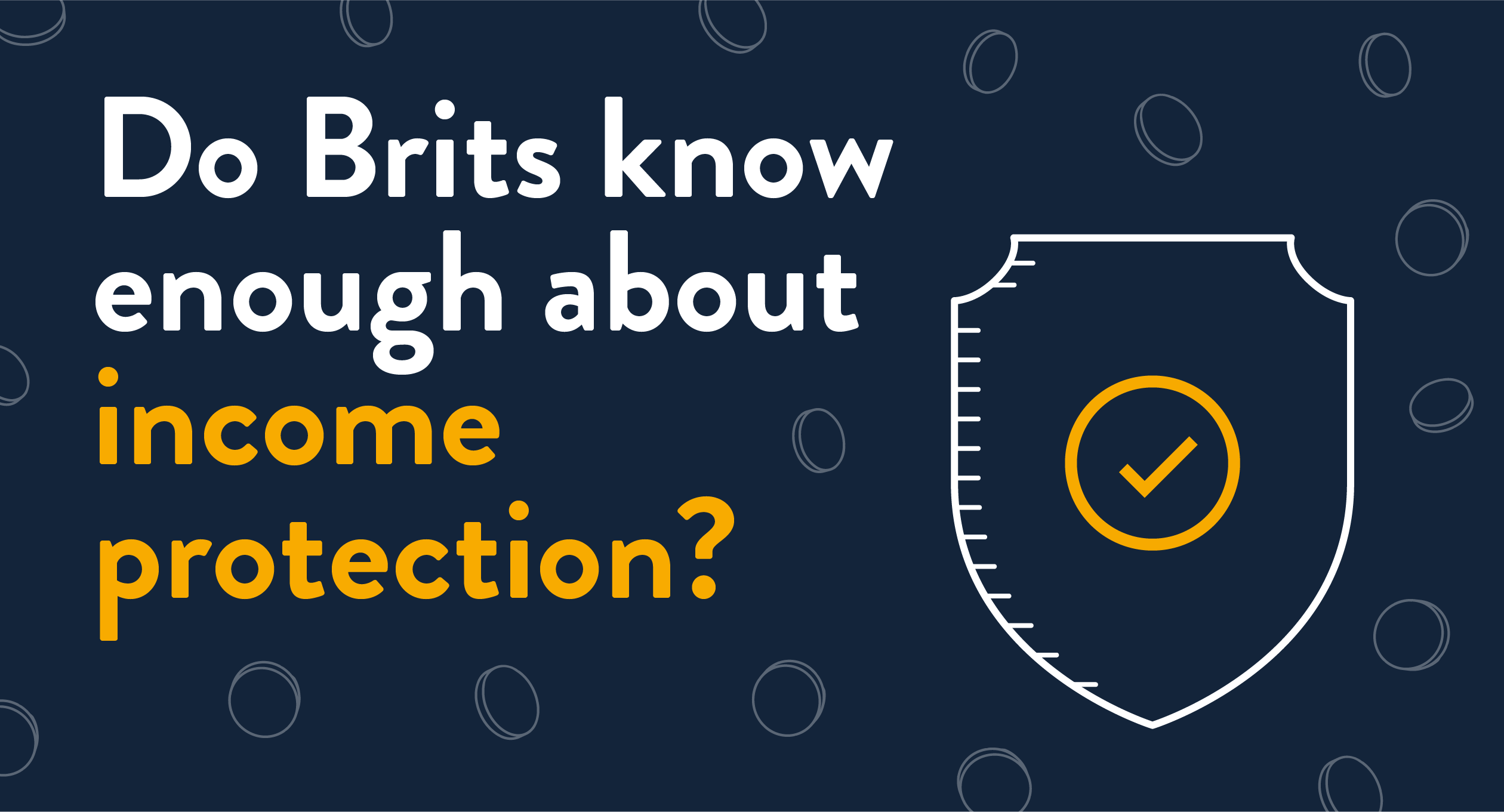
Putting some money aside on a regular basis can be tough, especially if you have other expenses to consider. According to a 2016 survey by the Money Advice Service, more than 16 million people in the UK have savings of less than £100.
Setting a savings goal is one way that can help you to focus on achieving your aims. Keep reading for some advice and tips on setting a savings goal, and why it is so important.
A goal is proven to work
The main reason to set yourself a goal for how much you want to save is that it works. According to research by National Savings and Investments (NS&I), people who set their savings goal save faster and up to £550 a year more than people who don’t.
Making a goal can help you to achieve your savings target, and naming your goal can help you to reach it faster. Write down your goal and give it a name that’s specific to your aim. Don’t just call it ‘savings fund’. Give it a name such as ‘2019 Spanish holiday fund’. Naming your goal can help you to get there faster.
Knowing how much you want to save motivates you
Another reason for setting a savings goal is that having a target helps to keep you motivated.
Set a savings goal, name it, write it down and pin it up somewhere that you will often see it. This reminder will keep your savings ambition in the forefront of your mind, motivating you to achieve your target.
You can break down your savings into manageable amounts
Whether you’re looking to save £100 for a Christmas present or £25,000 for the deposit on a new home, setting a specific goal gives you a target to aim for.
Once you have set a goal, work out how much you need to save on a weekly or monthly basis. Breaking down the amount into manageable chunks makes it easier for you to stay on track.
Once your routine is established, you’ll feel more in control of your savings.
Learning to save on a regular basis – perhaps by setting up a direct debit or standing order – is a hassle-free way to put money aside. If you’re looking to save for the long-term, our Investment ISA can help.
It makes you review your spending
Once you have set a weekly or monthly savings goal, you need to work out how you are going to achieve it. This may involve a review of your current income and outgoings so you can establish exactly where your savings amount is going to come from.
For example, you could stop buying a coffee on your way to work every day and save the money instead. The Daily Telegraph reports that this could give you around £40 each month to save, which could grow into a pot worth around £6,000 in 10 years.
Cancelling a gym membership that you don’t use could save you £80 every month. This would result in savings of £11,500 over ten years or almost £30,000 after 20 years.
Mark Till, the head of personal investing at Fidelity, says: “Every little helps when it comes to saving. There’s a misconception that savers need to have large amounts of spare money to make the most of their ISA allowance each year.”
You can share your goal
Once you have set your savings goal, you can then share it with friends or family. This makes the challenge more real, and those close to you can be a motivating factor in helping you to reach your ambitions.
If you’re saving with a partner or friend, then the two of you can support each other to keep on track. Having someone remind you of the positive reason that you are saving can also motivate you to stick to your weekly or monthly budget.


